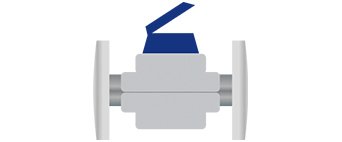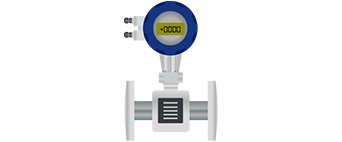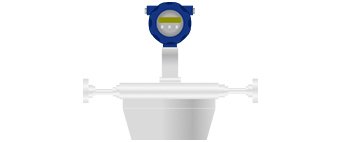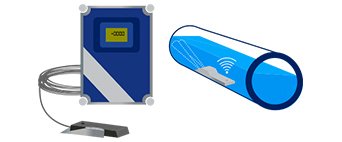Flow Meters
Litre-counter for water and volumetric, electromagnetic, mass and ultrasonic flow meters and sensors.
The sectors in which a flow meter is required are many and vary from the food industry where precise, reliable and complete flow meters with food certification and metric certification for fiscal use are required, such as an electromagnetic flow meter or a mass flow meter, to the chemical and petrochemical and paper industries, where Riels® Instruments offers an ATEX certified flowmeter with oval wheels or magnetic flowmeter and ultrasonic flowmeter.
Another sector of considerable importance is that of aqueducts which requires volumetric water meters and magnetic flow meters to be combined with data recorders for monitoring consumption.
Below we indicate, according to the different measurement principles, the available flow meters:
- Electromagnetic flow meter
- Volumetric flow meters (oval wheel meters, oscillating piston meters, nutating disc meters)
- Turbine flow meter
- Vortex flowmeter
- Mass or Coriolis flow meter
- Ultrasonic flow meter
- Open channel flow meter
- Thermal dispersion flow meter












